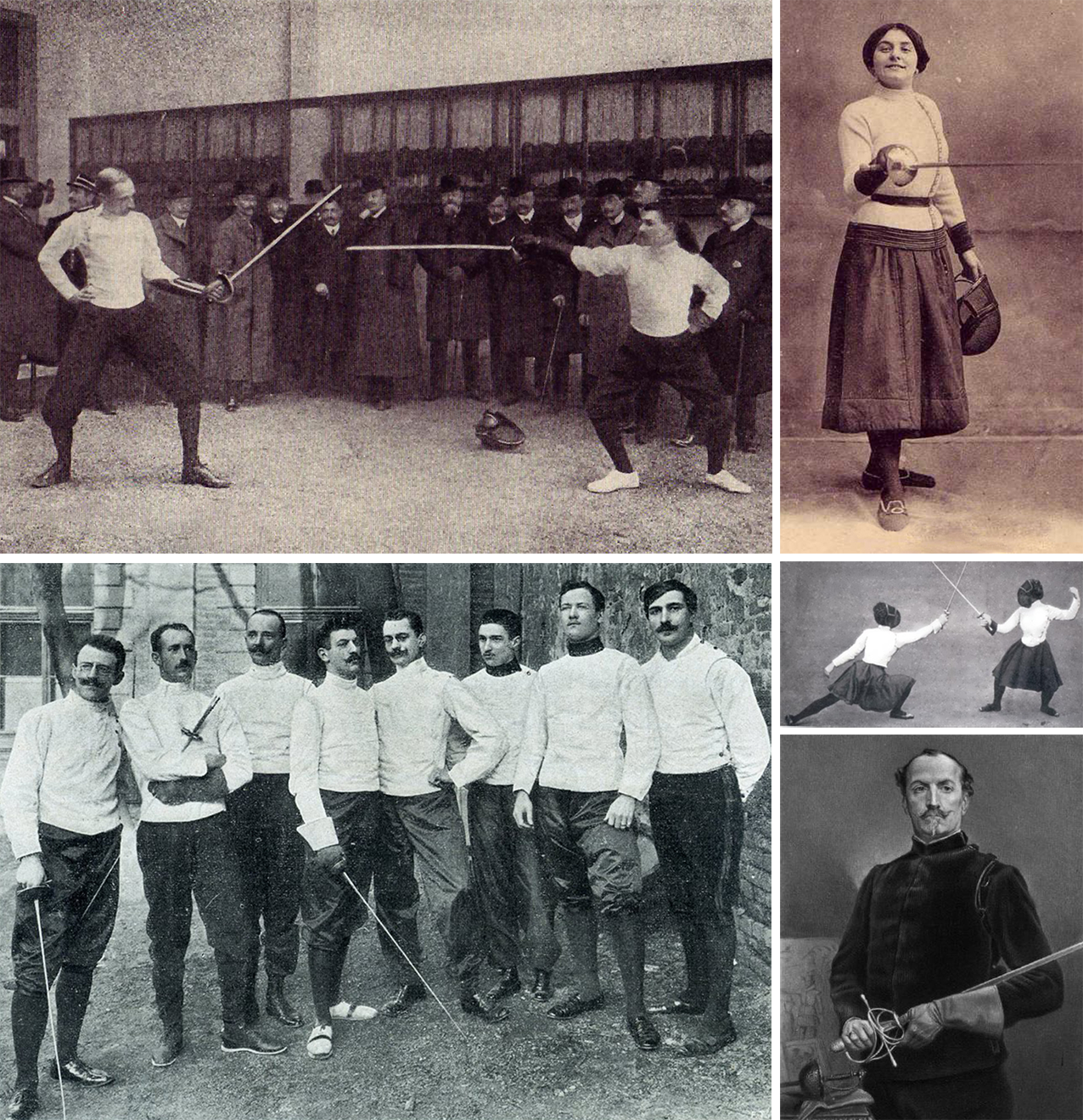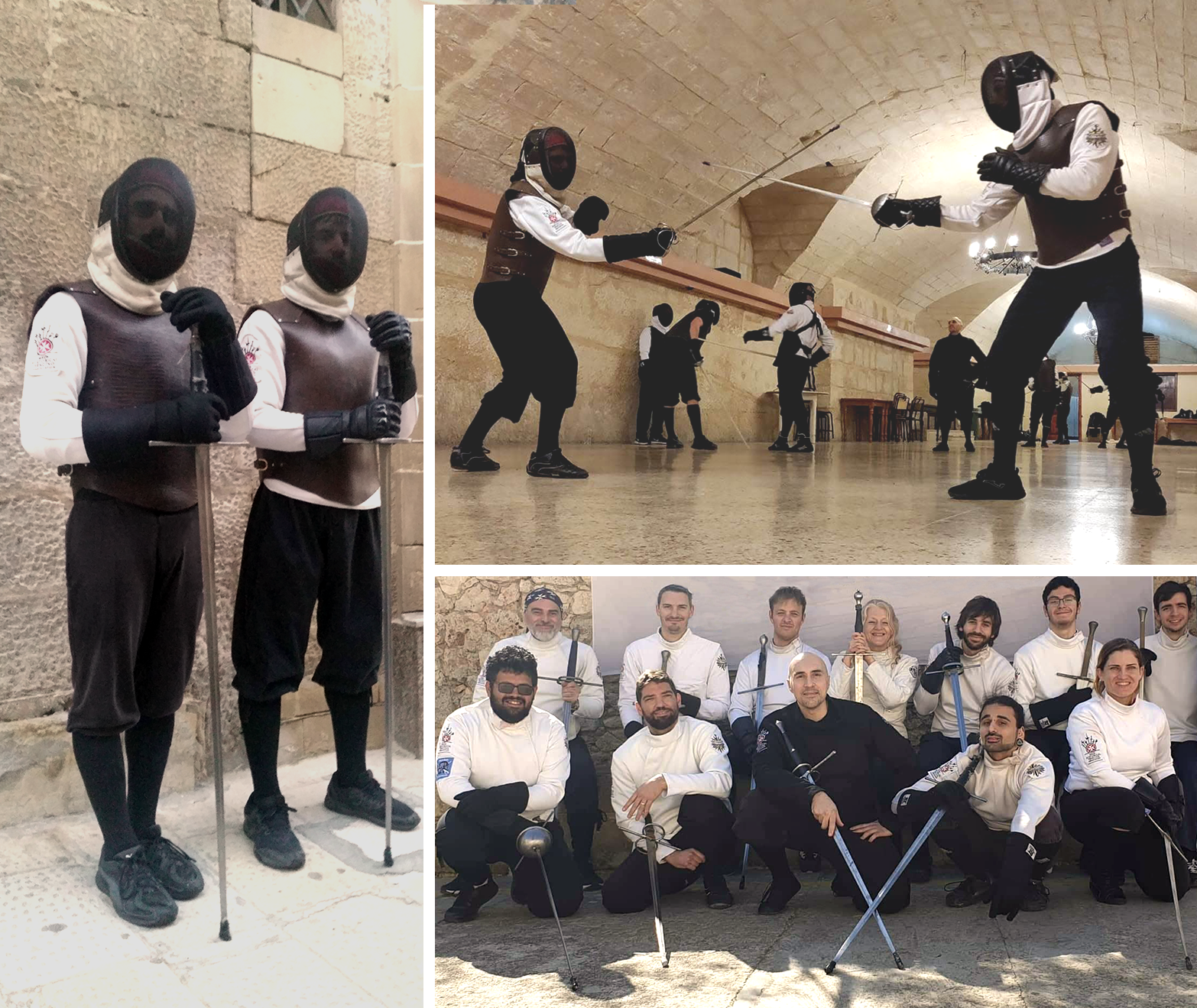The School
The Malta Historical Fencing Association (MHFA) is first and foremost a school. We hold regular classes throughout the week as well as workshops and lectures all geared towards the study and practice of Historical Fencing as a historical European martial art (HEMA), in the traditional way from master to pupil.
The association grew from the Mithras Swordfight Club, the first classical and historical fencing group established in Malta in 2005. In 2009 the MHFA was founded and launched to the public in 2011 with the purpose to establish historical fencing on a national level. The MHFA focuses on fencing methods used in the Maltese islands during the residency of the Knight of St John up to the early 20th century.
Our system of practice
We have a defined and detailed didactical system that is designed to build a total beginner into an experienced fencer.
The MHFA teaches Historical Fencing under the guidance of Maestro D’Armi
At the MHFA this system is further expanded to incorporate other weapon systems researched by the Association. This research is always based on and backed by documentation found in books and treatises that survived from fencing masters of the past.
Our method of practice is designed to help develop and enhance the physical and mental ability of its students. Being a rigorous physical activity, historical fencing will develop the following abilities; agility in body coordination and precision of motion; speed in the ability to attack and to defend rapidly; strength in one's muscles and to learn the appropriate amount of force to use; sensitivity to feel how the opponent is moving through blade or physical contact and to moderate the force with which an attack is delivered; stamina in cardio vascular endurance and muscular control. Another important benefit students will take is the development and stimulation of their mental ability. While learning how to use a certain historical fighting technique, the practitioners will use their mental ability to try and outwit their opponent during the free fight, developing quick thinking and problem solving skills.
One important element we try to develop is to come as close as possible to the realism of a fight and imagine that the weapons used are really sharp and life threatening. Of course, safe blunt weapons are used, together with a number of items of protective equipment, which have been devised to minimize any possible injury. A good system of etiquette, common sense and respect towards fellow practitioners is always the primary safety measure, which every MHFA member has to adopt.
The journey of the student
From the day a person starts learning and practicing with the MHFA, one will start gathering experience and confidence. The journey of a student is different to each individual and everyone will progress at his/her pace.
The MHFA classifies the different levels of a student based on experience, regular attendance and evaluation assessments in the different weapons.
The levels are classified as ‘Student’, ‘Advanced Student’ and ‘Free Scholar’.
These levels are to be seen as milestones in the journey of a practitioner to know where one stands and where need improving.
Our uniform
The MHFA has adopted a similar uniform as the one used in the past in traditional classical fencing of the late 1800’s and early 1900’s. This uniform combination was re-introduced by FISAS in 1995 and many other historical fencing groups followed. It consists of a white fencing jacket, black breeches and black socks and shoes. On top of these a protective leather plastron is added together with a fencing mask and gloves. Other additional protective gear is added depending on the weapon used and the intensity of the free assault.
The black jacket is reserved to the Maestro d’Armi as it was traditionally done in recognition of his title.


